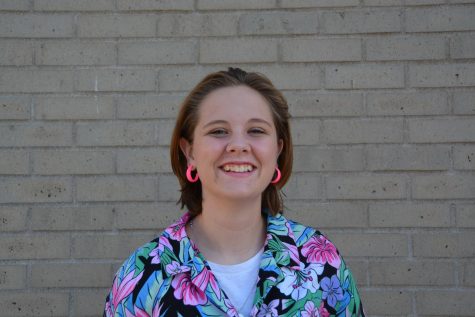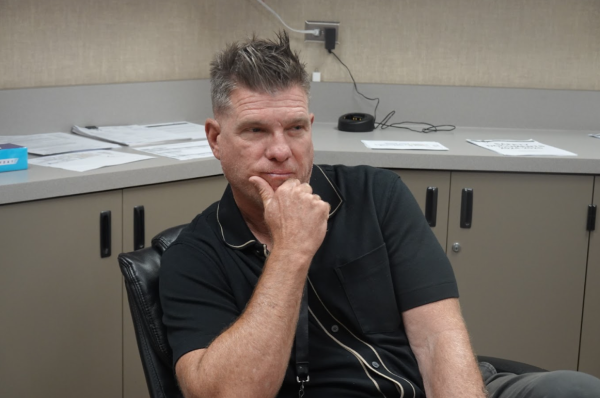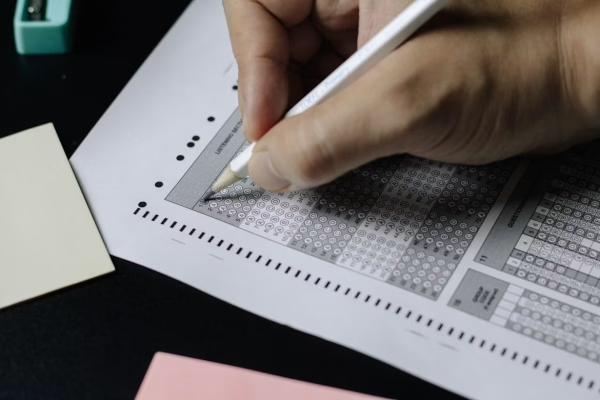ANHS Dress Code
As students have returned back to campus after a year online, they have been reintroduced to Aliso Niguel’s dress code. The dress code has officially begun to be enforced more heavily in October than previously in the current school year.
Assistant Principal Mr. Jindra says, “One thing I would like students to know about dress code would be that there actually is a dress code. I believe many students think the dress code that once was in place is now gone because of some protest. This is simply not true.”
According to the official Capistrano Unified School District website, the dress code “strives to promote the safety and welfare of its students,” as “The District standards prohibit the wearing of gang-related clothing as identified by law enforcement agencies.”
The district stated that they still wanted kids to be able to have freedom of self expression while also remaining safe. Additionally, the website states that “each school will inform parents at the beginning of each school year about additional specific standards adopted by the school.”
The official dress code can be found under the district’s list of high school policies and procedures at CUSD Policies and Procedures, which included a lot more detailed and updated information. The new update has included “the District’s intent to sustain a community that is inclusive of a diverse range of identities.” They also emphasize that “student attire does not contribute to a hostile or intimidating atmosphere for any student, and that dress code enforcement does not reinforce or increase marginalization, shaming, or oppression of any group based on race, sex, gender identity, gender expression, sexual orientation, ethnicity, immigration status, disability, or religion.”
Students are required to wear clothes that cover certain body parts at all times, such as “genitals, buttocks, breasts, and stomach.”
Students must wear a shirt, some form of pants or a skirt or dress and shoes at all times while on campus. The pants can include jeans, leggings or sweatpants as well. The shirts must have “a minimum of a 1 inch wide strap and fabric in the front, back, and on the side immediately under the armpit.”
Students are also allowed to wear any sun protective clothing, such as a visor outdoors, or any athletic wear needed for athletic activities. It is a requirement that administrators are able to clearly see a student’s face, remaining visible at all times, with the exceptions being a face mask for medical reasons or for religious purposes.
Students are not permitted to wear any clothes that are considered dangerous, any clothing that depicts alcohol or other illegal items, and clothing that depicts hate speech or anything seen as creating a hostile environment, specifically to marginalized groups. Clothes can’t intentionally reveal undergarments, strapless and halter tops can’t be worn, swimsuits can’t be worn unless they are needed for athletics, and “clothing or accessories displaying profanity, pornography, and violent language or images.”
Many students feel the dress code unfairly targets girls, as Makena Mosher (11) states, “It is very obvious that the dress code is more direct at one gender over the other, which I don’t think is fair.”
Corrie Denton (11) feels “there is definitely a line between keeping people safe and penalizing them just because they show their midriff.”
As the dress code has begun to be reinforced after a year at home, many students view the code as unfair. However, the code has not been changed since 2019 and will continue to be enforced as written at Aliso Niguel.

Isabel is currently a senior at Aliso Niguel. This is her third year in newspaper, and she is very excited to write again for the Growling Wolverine. She...

